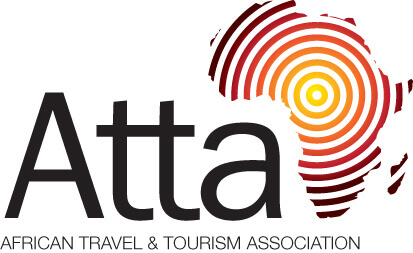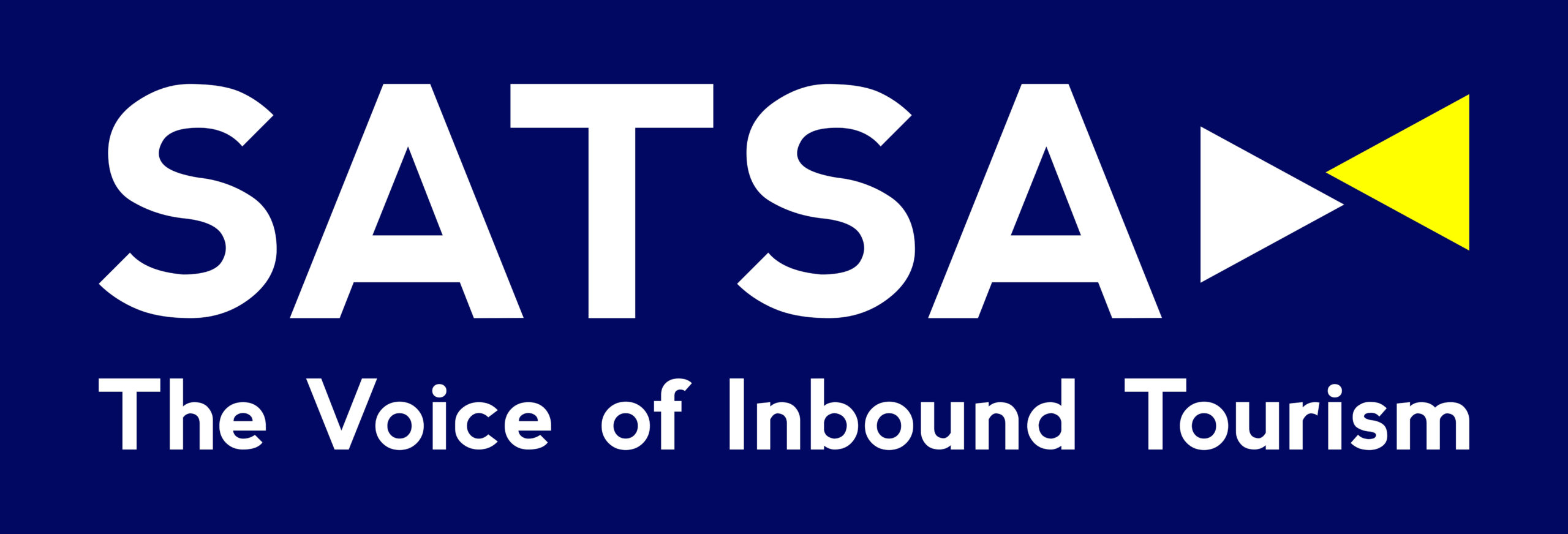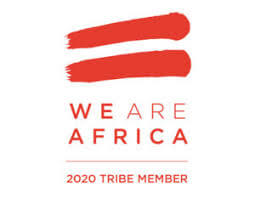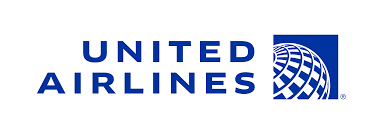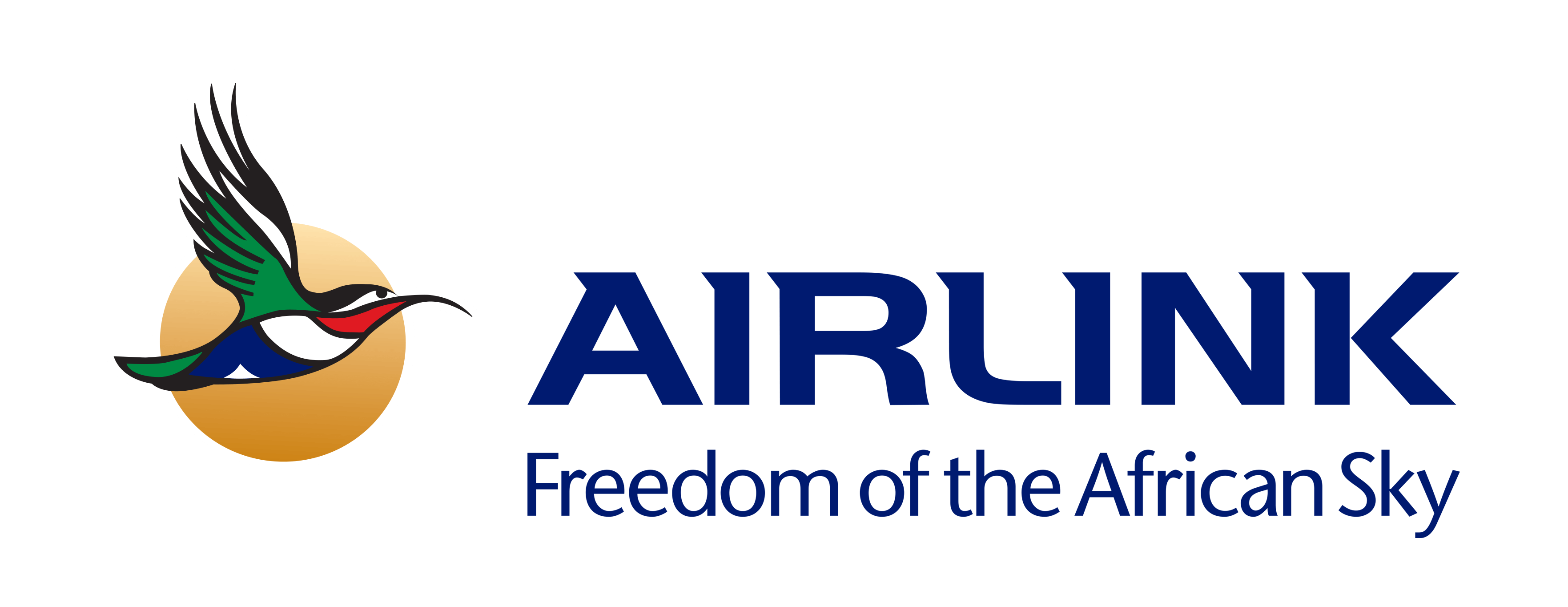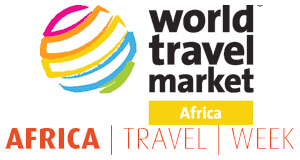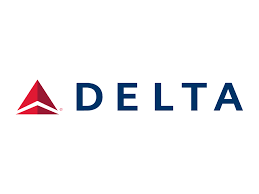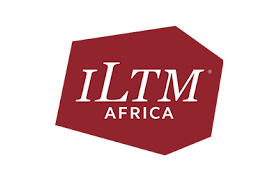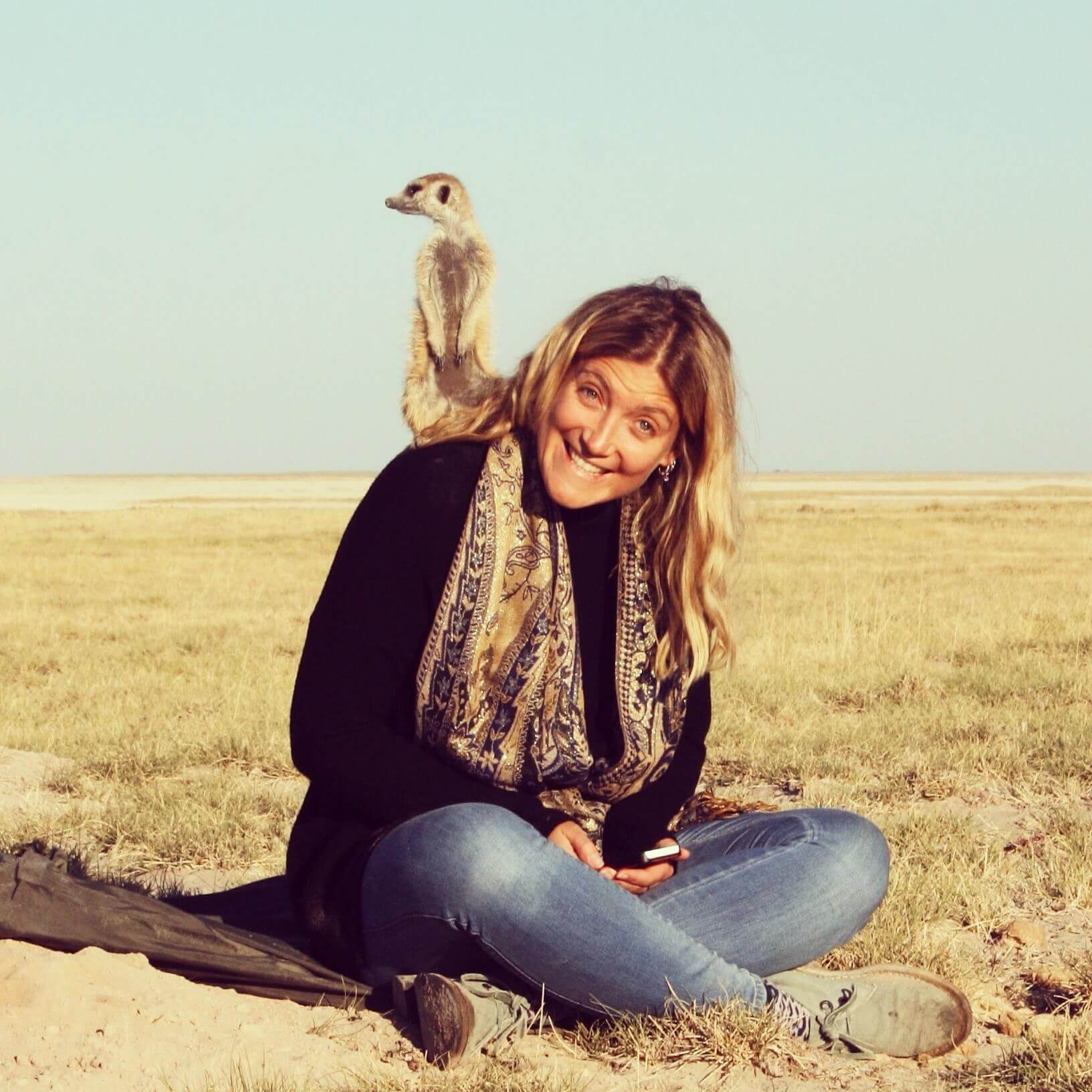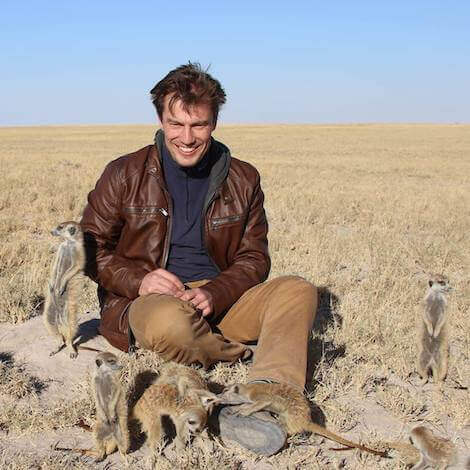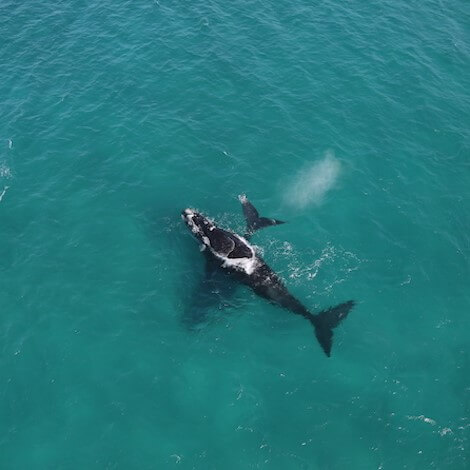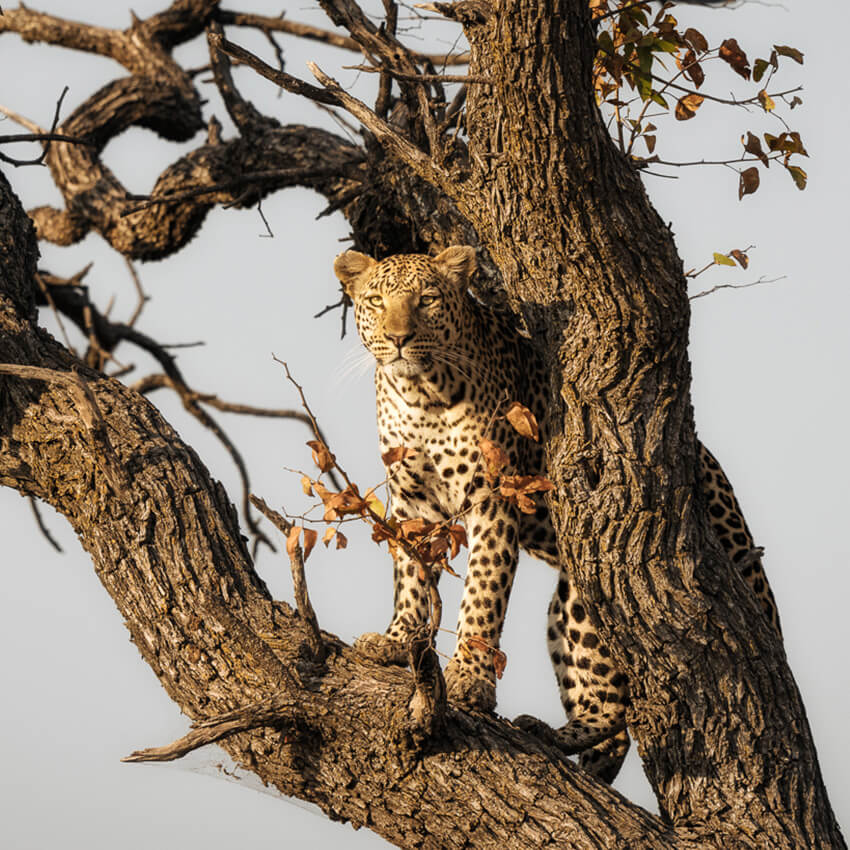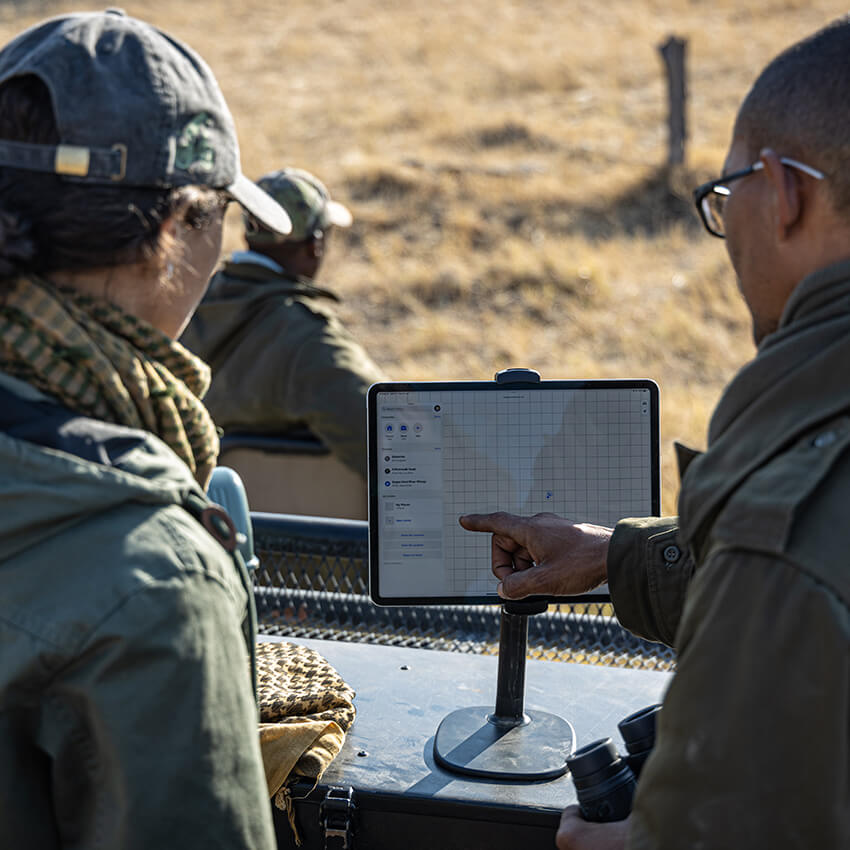Botswana
- A Spot of Romance: Botswana Honeymoon Safari
- A Wellness Safari with Robyn Sheldon
- Botswana Conservation Safari
- Botswana Horse Safari on the Makgadikgadi Salt Pans
- Guided Botswana Cycling Safari
- My First Botswana Safari
- Uncharted Expeditions Botswana Mobile Camping Safari
- Walk of Ancient Wisdom
- Wilderness & Wild Coast South Africa
World Wildlife Day: Technology In Conservation
 Pru Allison
Pru Allison
 March 01, 2024
March 01, 2024
It’s a little over 10 years ago now that March 3rd was declared United Nations World Wildlife Day. It’s an auspicious day, having been the date the Convention of International Trade in Endangered Species of Wild Fauna and Flora (CITES) was signed in 1973. Technology in conservation has come a long way since then. This is a global 24 hours to recognise the importance of wildlife and biodiversity along with the benefits and beauty we’re able to derive from nature. This year’s World Wildlife Day is focused upon ‘Connecting People and Planet: Exploring Digital Innovation in Wildlife Conservation’ with the aim of exploring how technology can drive conservation. Since our inception we’ve been devoted to protecting Africa’s wild places and ensuring that crucial ecosystems and the animals within them survive for many years to come.
Many of our projects have also come to incorporate technology in conservation. A number of the projects we support already utilise technological advances, making conservation success easier to achieve, particularly with such vast spaces to cover. As technology advances, so does the scope of conservation.
“Technology is a wonderful ally of conservation, providing the tools to better understand, protect and restore our natural world with unprecedented precision and effectiveness,” explains Murray McCallum our Sustainability Manager.
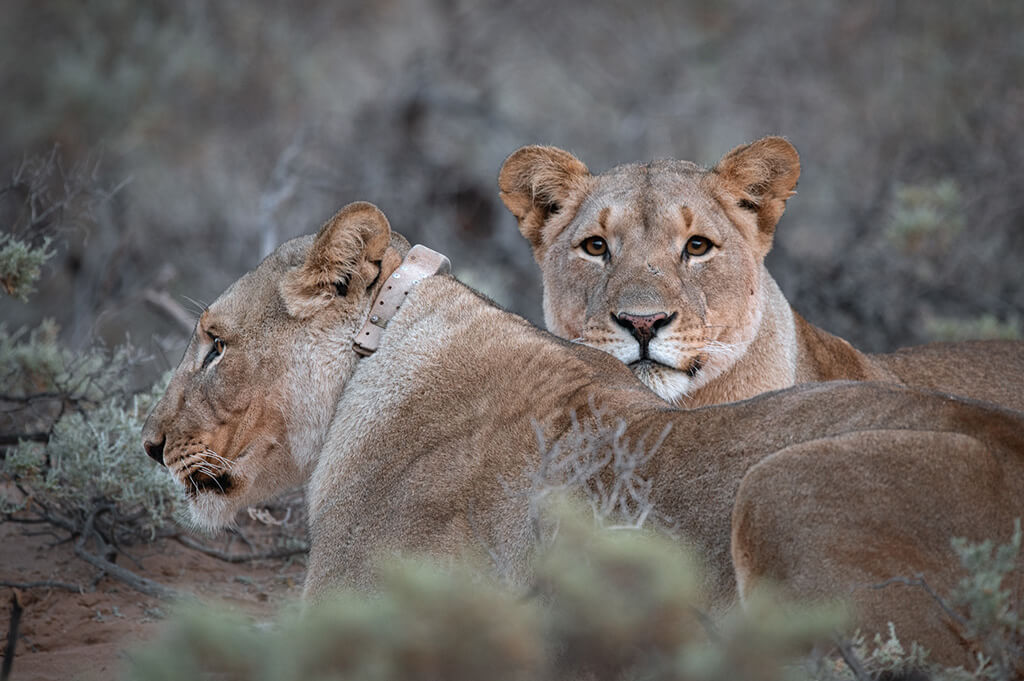
In northwest Namibia for example, we support The Desert Lion Conservation Project and Integrated Rural Development and Nature Conservation (IRDNC) with TOSCO to mitigate human-wildlife conflict. For over 20 years the region’s desert-lion population has been studied by Dr Philip Stander. Dr Stander’s research and the IRDNC’s outreach work provide the ideal foundation upon which to implement technology. This is the most comprehensively collared and monitored free-ranging lion population in Africa. The project uses an automatic monitoring and early warning system which, thanks to new satellite collars and communications software warns farmers when lions are moving closer and allows herders to move them to safety. The Lion Rangers use the Spatial Monitoring and Reporting Tool (SMART) system which allows them to log patrols and responses to any incidents that occur, vastly improving the efficacy of reporting. The system has also enabled the first ever Northwest Lion Population Survey. You can find out more about this project here.

Our work with Communities Living Alongside Wildlife Sustainably (CLAWS) also uses collars and an early warning notification for herders so that they can corral their livestock before predators get too close.
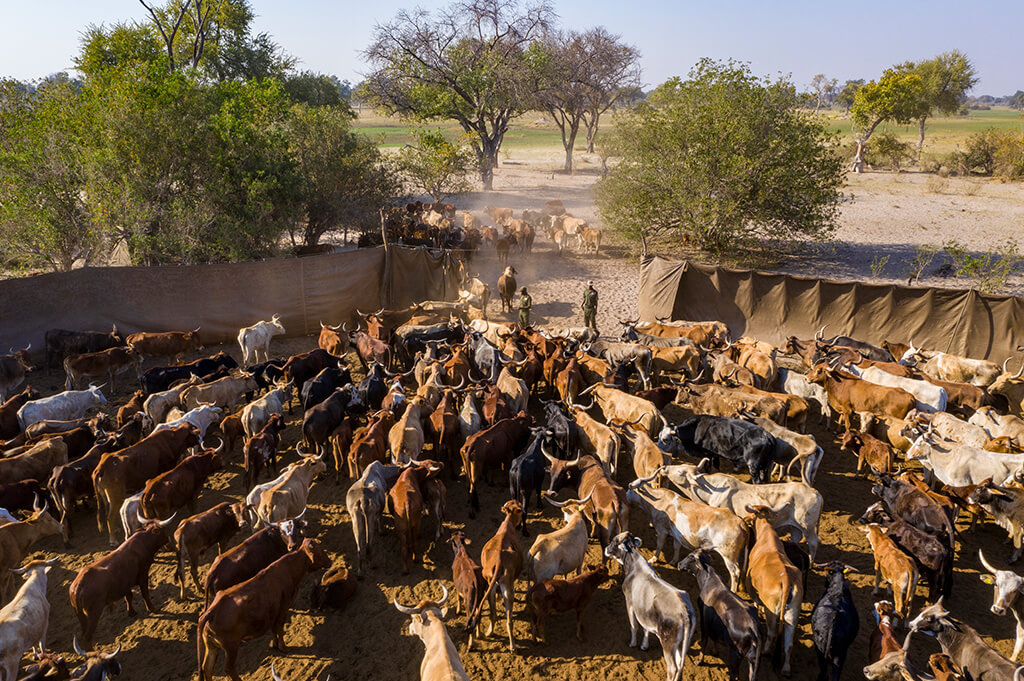
This collaring technology isn’t limited to predators though. We are currently working with Elephants For Africa (EFA) on a three year study to track the movement of elephants. In order to obtain accurate data, the project has collared 10 adult males with GPS collars to collect movement and habitat utilisation data. The collars are also fitted with accelerometers which allow the team to interpret certain behaviours such as feeding. This information is valuable as it’ll highlight areas of particular importance and guide sampling sites for mineral analyses. A Geography Information System (GIS) which analyses and shows geographically referenced information, will be used to assess the link between the spatial distribution of elephants and the concentrations of minerals in the soil, water and vegetation. These collars serve an additional purpose informing Impacts Surface Water – part of our large mammal migration work. This project investigates the impact of surface water on herbivore ecology and the knock-on effects on vegetation, landscape-scale connectivity and human-elephant conflicts.
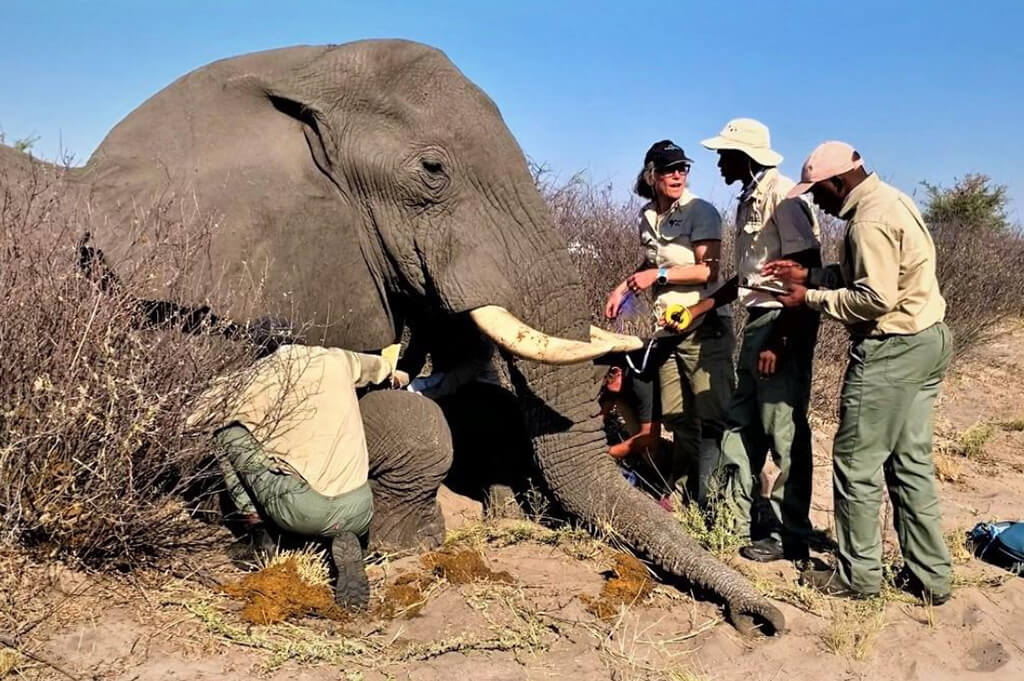
Another large animal that technology is helping is the giraffe. We’re working alongside the Giraffe Conservation Foundation (GCF) to assess the numbers, distribution and taxonomic status of giraffe. Our giraffe specialists at Thamo Telele are very involved with this work, and guests at Hoanib Valley Camp in Namibia will also be familiar with GCF., with whom we have a long standing working relationship. This data is being gathered through the tagging of giraffe coupled with an analysis of their DNA to determine which sub-species they are.
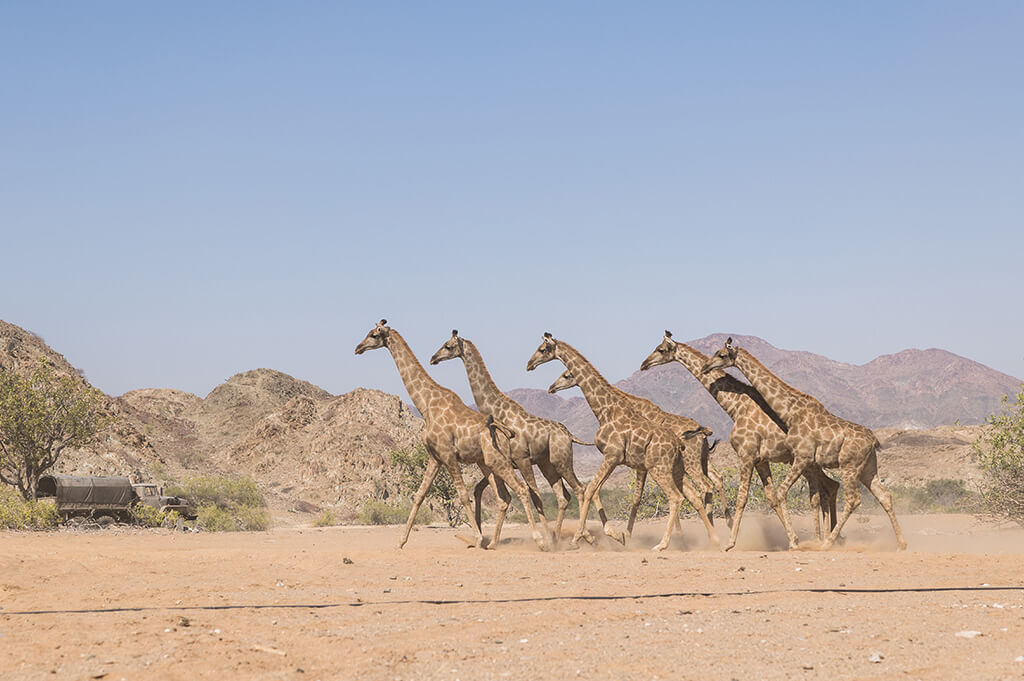
DNA sampling might not be an everyday occurrence, but one piece of technology we’re all familiar with is the harnessing of the sun for solar power – something that makes a lot of sense beneath the blazing African sun! It’s solar power that keeps Elephants For Africa’s electric fencing running and stops the magnificent pachyderms from encroaching on nearby settlements.
Anti-poaching is another area that has benefitted enormously from developments in tech. Our teams in Khwai Private Reserve, Botswana are able to keep track of 200,000 hectares of wilderness thanks to thermal drones, camera traps and Garmin inReach satellite communication devices. See link.
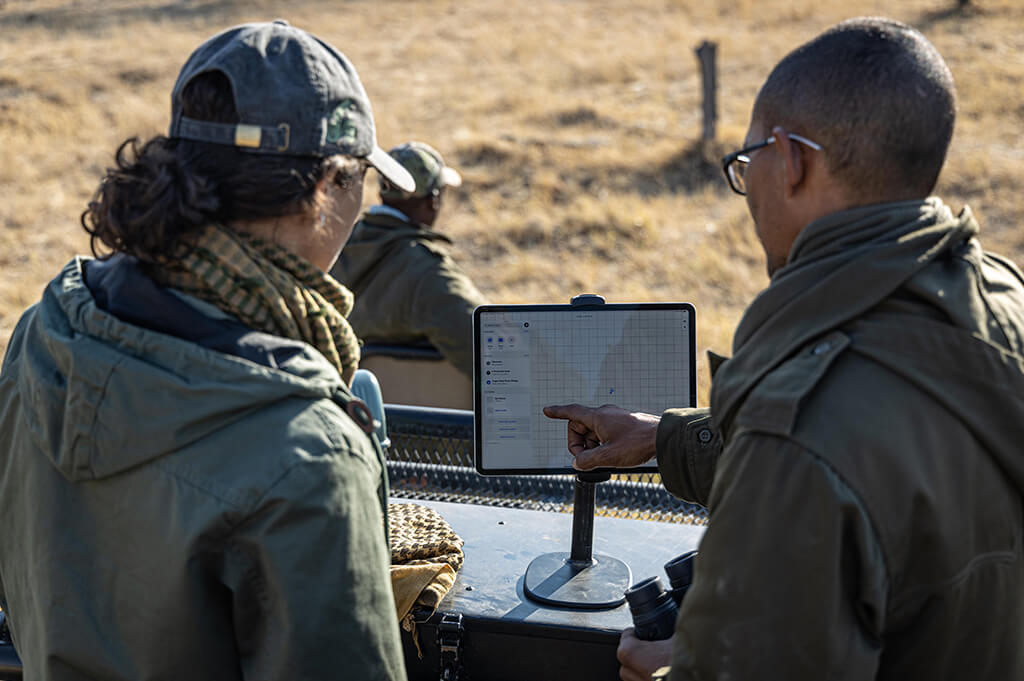
Over in Namibia meanwhile, similar work is done with the help of a surveillance system which was generously donated by WWF. This system incorporates six towers and 12 cameras to ensure the reserve isn’t breached. The system has capacity for 32 cameras and we’ve funded additional cameras ourselves, all of which helps keep the concession’s precious inhabitants safe. You can find out more here.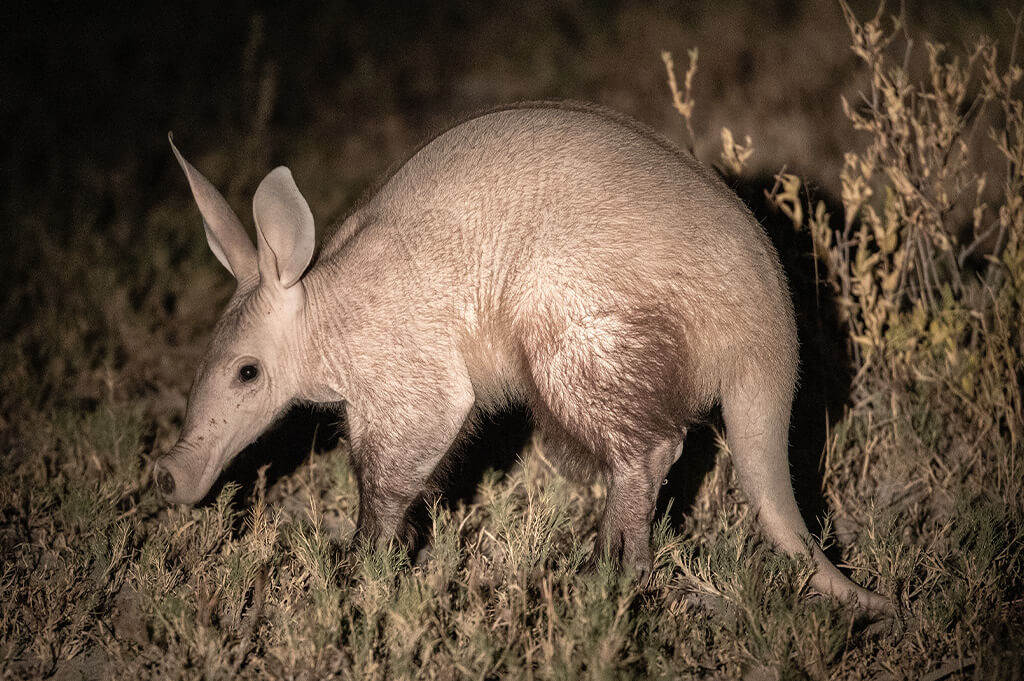
Camera traps might not be as progressive as some of the other technology that plays a part in keeping wildlife protected, but they’re still a vital component. The advancement of AI has aided the efficacy of camera traps, with the technology able to filter through data and identify individuals more efficiently than the human eye. They’re also integral to our new project which studies the impact of climate change on aardvarks, assessing their densities at three locations in Botswana’s Kalahari.
None of these projects would be nearly as effective without technology, and none would be possible without the support of our guests. 1.5% of every guest’s stay goes directly to our outreach and conservation work, but if you feel you could help us make even more of a difference please donate through this link.
Special Offers
Our special offers are designed to help you experience everything southern Africa has to offer whilst also saving some all-important pennies. Whether you’re about to embark on a once-in-a-lifetime solo trip, or are celebrating a special occasion, have a peek at our offers and see what could be in store for you.
